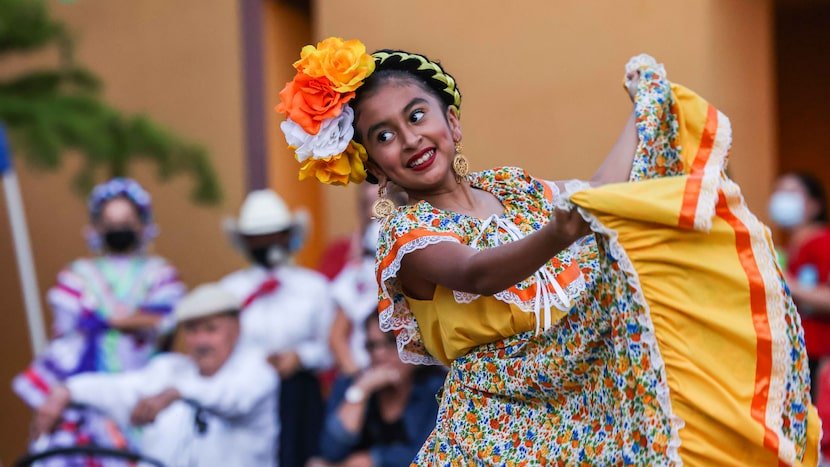National Hispanic Heritage Month, Sept. 15-Oct. 15, honors the experiences, cultures and essential contributions of Hispanic Americans in U.S. history. Texas history is inseparable from Hispanic history.
The month actually began as a week. Hispanic Heritage Week was established in 1968 under President Lyndon B. Johnson, and it was expanded to 30 days in 1988 under President Ronald Reagan.
Hispanics’ presences in what is now the United States, extends to before Spain arrived and have helped shape the U.S. since the Revolutionary War.
“Through the Treaty of Guadalupe Hidalgo and the Treaty of Paris that followed the Mexican-American and Spanish-American wars, the United States gained territories in the Southwest and Puerto Rico,” according to the National Museum of the American Latino. “This incorporated the people of this area into the United States and further expanded the presence of Hispanic Americans.”
And the contributions of Hispanics and Latinos continue as business owners, artists, politicians, teachers, activists, scientists, astronauts and much more.
Why does Hispanic Heritage Month start in the middle of September?
Many Central American countries celebrate their independence during that span, according to the National Hispanic Heritage Month website.
- Sept. 15 – Costa Rica, El Salvador, Guatemala, Honduras and Nicaragua.
- Sept. 16 – Mexico
- Sept. 18 – Chile
What countries and their citizens in Central and South America are considered Hispanic?
The terms Hispanic and Latino are not interchangeable. “Hispanic” refers to people from Spanish-speaking countries. “Latino” refers to people from Latin America. For example, a person from Brazil is not Hispanic because the official language of Brazil is Portuguese.
“There are a lot of connections between Latino and Hispanic American identity in the US, so National Hispanic American Heritage Month celebrations often include Latino Americans as well,” according to the National Park Service website.
The National Park Service’s theme for this year’s National Hispanic Heritage month is “Todos Somos, Somos Uno: We Are All, We Are One” to celebrate “the many unique roots of our individual identities as well as our unity and shared identity.”
What percentage of the country and Texas is Hispanic?
Hispanics are the second largest ethnic group in the U.S. behind white alone, not Hispanic or Latino, at 65.2 million or 19.5% of the population, as of July 1, 2023. That’s up from 62.1 million people in 2020.
According to 2020 U.S. Census Bureau data, one in every four children in the United States is Hispanic/Latino.
In Texas, they are also the second largest ethnic group in Texas, but the percentage more than doubles to 39.3%, just behind white with 39.7%, according to U.S. census data.
What about Dallas and Dallas County?
In Dallas County, Latinos/Hispanics make up 40.5% of the population, according to census data.
In the city of Dallas, that rises slightly to 42%. Spanish is the primary language in 36.5% of homes, according to city of Dallas data.
How to celebrate National Hispanic Heritage Month?
Across North Texas, festivals, art shows, plays, ballet folklorico performances, food festivalss and more will celebrate the contributions and diversity of the Hispanic/Latino community in Dallas-Fort Worth.
The city of Dallas will kick off Hispanic Heritage Month in front of City Hall on Saturday with a festival featuring arts and crafts, Mexican street food and mariachis and bands. The event also includes a community procession at 6 p.m. that ends with the official Grito at 7 p.m. Grito, which means “shout” in Spanish, sounds a lot like a yodel and commemorates the call to arms by Catholic priest Miguel Hidalgo on September 16, 1810, which started the Mexican War of Independence.
Check out other events that will mark National Hispanic Heritage Month and Diez y Seis (Mexican Independence Day) at dallasnews.com.










